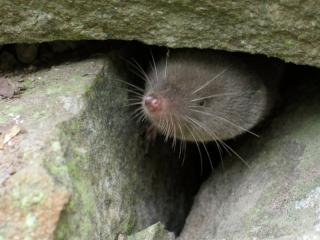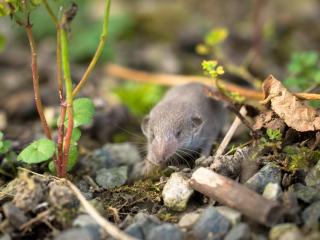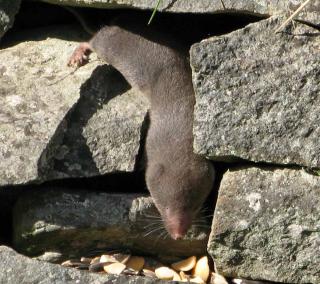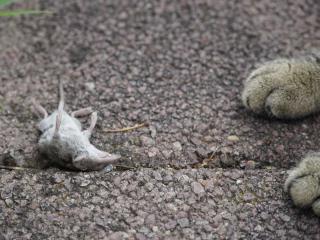

Though mice and voles are not friends in the garden, every shrew is greatly welcomed! Indeed, this small mammal spends its nights (and days!) munching on all kinds of harmful insects that come its way.
At first glance, you’d probably classify the shrew in the rodent category. Well, you are mistaken! The shrew is actually a small insectivorous mammal. Mice and voles are rodents, though, which makes the confusion understandable.

Constantly active, a shrew spends its days and nights feeding. That is its main activity. It devours nearly its own weight in grub every day! Feeding is in fact vital for the shrew, to the point that it sometimes eats its own droppings in times of scarcity.
Somewhat of a loner, the shrew is not a social being. It prefers to live its life on its own. Except for mating! Then, a male and a female meet up for a very short spurt. From this brief union, 2 to 8 babies are born. A female can have up to 5 litters per year, but infant mortality is high among shrews.

It may, of course, consume a few beneficial insects such as ladybug, ground beetle, or green lacewing, as well as detritus-eating woodlice. But in proportion, it can rid you especially of those that devour your young plants. Young plants that the shrew completely ignores (unlike the vole!)
Equipped with impressive muscles, the shrew is capable of lifting stones if it has spotted prey. As for its saliva, it is venomous and allows it to paralyze these prey, which will become its daily meal!

Knowing that the shrew goes into torpor in winter, it can also take refuge there when it gets cold. And why not raise its offspring there when the time comes to become a mother. Similarly, don’t hesitate to leave an area with grass or sow a wildflower meadow where it can find its food.
As cute as it may be, the shrew has a few enemies. First and foremost, our own pets! Cats indeed like to chase and kill them, but won’t eat them. When they’re endangered, or under attack, shrews emit a foul odor.

Finally, the shrew’s main enemy is humans. Shrews do all the can to avoid us! In fact, it is quite rare to see a shrew, at most a fleeting blur at the slightest alert. If, unfortunately, a shrew manages to get indoors, lure it into a non-destructive trap with a few seeds or a tiny piece of meat and release it in the garden. Otherwise, it’s probable the shrew won’t survive for very long in your house.
And above all, do not listen to beliefs that claim shrews are dangerous to humans. Even though the term “shrew” is said to come from old German “schrewel” which means “devil”, there is nothing to fear: venom of the shrew does indeed paralyze its prey, but only insects, not humans!